Oceanic Drinks: Basic Overview
Common Ingredients
Common Preparing Methods
Key Taste
Drinking Etiquette
Culinary Festivals
Influence and Fusion
Types of Oceanic Drinks
-
Alcoholic Beverages
They can be both traditional and modern beverages, using natural resources.
Some traditional alcoholic drinks are for ceremonial settings.
Beer and wine are significant players in the global alcohol market, especially in Australia and New Zealand.
-
Non-alcoholic Beverages
Coconut water is significant, especially on islands in the continent.
Soft drinks are also widely consumed.
Oceanic beverages feature the diverse options created from the intricate histories, languages, and traditions of the indigenous peoples from the various islands and countries within Oceania, including Australasia, Melanesia, Micronesia, Polynesia
The cultures of Oceania drinks are deeply connected to their natural environments, with traditional beliefs and practices reflecting an understanding and respect for the land and sea.
Plus, Polynesian cultures, spread across a vast triangular area of the Pacific, have been shaped significantly by their environments, agriculture, and social organization.
For example, kava, a beverage made from the kava plant, is a crucial choice in ceremonies and social gatherings in places like Fiji and Vanuatu.
Here, there are 10 top beverages in Oceania that are waiting for you to discover. In addition, you can also immerse yourself in understanding the traditional drinking customs and their appeal across the globe.
After that, I also highlight other insights related to them, which are the coffee culture, traits of consuming alcohol, and pairing drinks and dishes in this continent properly. Scroll down the page for more details!
10 Popular Oceanic Beverages with Filters
Here is the presentation of the 10 best and most common beverages in Oceania, ranked by their level of popularity. You can also use the filter for ingredients, flavors, and preparation techniques to search them quickly.
Whether you’re interested in traditional, national, fusion, exotic, or street drinks, this guide has you covered.
Kava is a national drink in many Oceania countries and islands. They are important in the social and ceremonial settings, symbolizing unity and tradition.
These drinks feature indigenous and colonial histories of the region.
In urban centers and beach fronts across Oceania, fresh coconut water emerges as the quintessential street beverage. It is normally served straight from the coconut.
These beverages provide a unique taste of Oceania’s tropical abundance, using unique ingredients.
Kava
- Non-Alcoholic
- Traditional
Kava is a traditional drink across the Pacific Islands, especially in Fiji, Vanuatu, Tonga, and Samoa. It’s made from the ground root of the kava plant.
Its preparation and consumption follow specific rituals that vary from one island culture to another. Typically, its taste is earthy and somewhat bitter. Sipping kava can leave a numb sensation in the mouth due to the active kavalactones, which have sedative and relaxing effects.
Kava is consumed during ceremonial occasions. That’s why it’s considered a symbol of hospitality and social bonding in these countries.
Beer
- Alcoholic
- Traditional
Beer in Oceania has a rich and varied tradition, with each country having its own favorite brands and styles.
In Australia, for example, Victoria Bitter is an iconic beer. New Zealand, on the other hand, is known for its craft beer scene made from different hops.
The Pacific Islands also have their local breweries, such as Vanuatu Brewing Limited producing beers that reflect the tropical climate.
Ginger Beer
- Non-Alcoholic
- Traditional
Ginger beer is a non-alcoholic beverage with a spicy and strong ginger taste. It’s a favorite in Australia, with the Bundaberg brand being one of the most recognized.
Originating from the town of Bundaberg in Queensland. Its popularity extends beyond Australia, such as the United Kingdom and the United States.
Ginger beer is an ideal ingredient as a mixer in cocktails or enjoyed on its own.
Flat White
- Non-Alcoholic
- Traditional
Coffee is a favorite drink around the world but in Oceania, especially Australia and New Zealand, flat white is a famous coffee drink.
Flat white features a strong espresso shot topped with a velvety microfoam of steamed milk. Therefore, it’s known for its creamy and smooth texture with a harmonious blend of coffee and milk flavors that is neither too bitter nor overly diluted.
Long Black
- Non-Alcoholic
- Traditional
Long Black is another coffee beverage popular in Australia and New Zealand.
Made by pouring a double-shot of espresso over hot water, it resembles an Americano but retains a stronger espresso flavor.
Long Black showcases the quality of the coffee beans and the precision of the brewing process, making it a staple in local cafés in these countries.
Coconut Water
- Non-Alcoholic
- Street Beverages
- Traditional
Coconut water is the clear liquid inside young green coconuts. It has hydrating properties and a sweet, nutty flavor.
It’s a common beverage in the tropical parts of Oceania, particularly in the Pacific Islands such as Fiji, Samoa, and Tonga.
In these islands, coconut water is often consumed fresh directly from the coconut.
Shiraz Wine
- Alcoholic
- Traditional
Australia is renowned for its Shiraz, a type of red wine that has gained international acclaim.
The Barossa Valley, McLaren Vale, and Hunter Valley are among the regions famous for producing Shiraz.
Overall, Australian Shiraz is famous for its bold, robust taste, often with notes of blackberry, plum, pepper, and sometimes chocolate or tobacco, depending on the winemaking technique or the area.
Sauvignon Blanc
- Alcoholic
- Traditional
Sauvignon Blanc is an acclaimed wine in New Zealand, particularly in the Marlborough region on the South Island.
It’s a white wine known for its vibrant acidity, with flavors ranging from zesty lime and green apple to tropical fruit and passionfruit.
Lemon, Lime, and Bitters
- Non-Alcoholic
- Fusion
Although not exclusive to the whole of Oceania, Lemon, Lime, and Bitters (shortened as LLB) has become a beloved non-alcoholic pub staple in Australia and New Zealand.
It’s made by mixing lemonade, lime cordial or fresh lime juice, and a dash of Angostura bitters. The drink offers a sweet, citrusy taste with a slightly bitter undertone.
Lemon & Paeroa
- Non-Alcoholic
- National
Originating from New Zealand, Lemon & Paeroa is a soft drink that combines lemon juice with carbonated mineral water from the town of Paeroa.
Known as “World Famous in New Zealand,” L&P is a national icon with a sweet, lemony flavor. You can enjoy this drink on its own or as a mixer.
List of Oceanic Beverages by Country
How Is Coffee Culture in Oceania?
Below are three main characteristics about the coffee culture in Oceania.
Next, drinking alcoholic beverages is also common in this continent, which feature various interesting traits.
What Are the Characteristics of Alcoholic Beverages in Oceania?
Check out five highlights below to understand more about Oceania’s alcohols.
In the next section, you’ll learn some general ideas to pair your ideal Oceanic beverages with delicacies.
What Are Suitable Oceanic Beverages To Pair with Dishes?
When pairing beverages with dishes in the Oceanic style, you should consider the harmony between the drink’s characteristics and the food’s flavors. Here are some simple notes to check.
Finally, if these drinks capture your heart, please like, share, and comment on this post to spread the joy of Oceanic flavors.

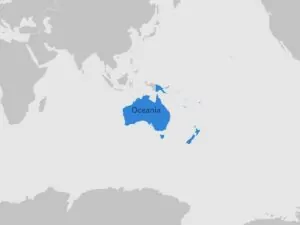
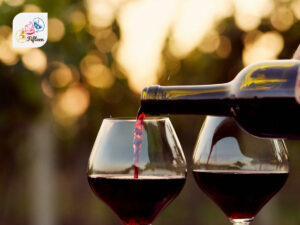
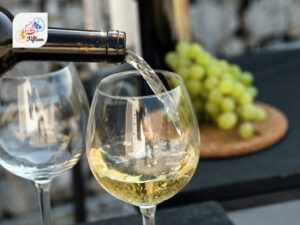
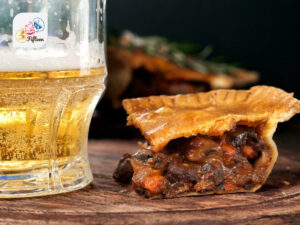
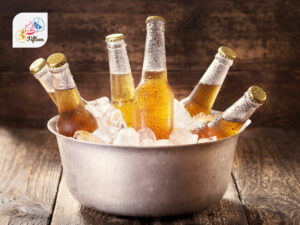
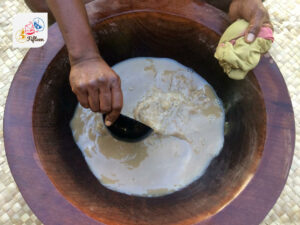
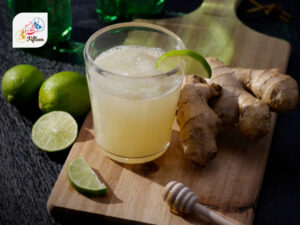

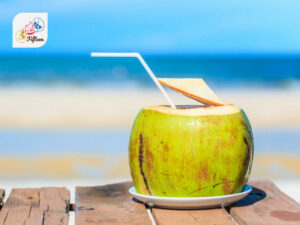
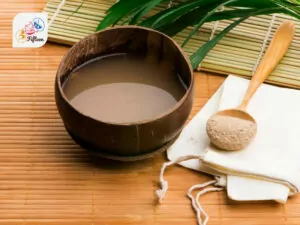
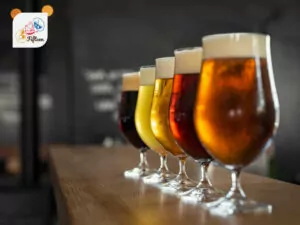
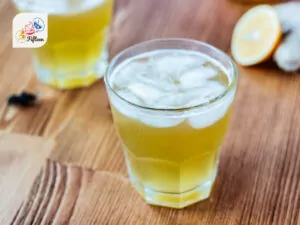
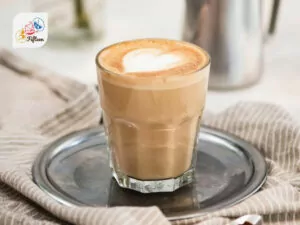
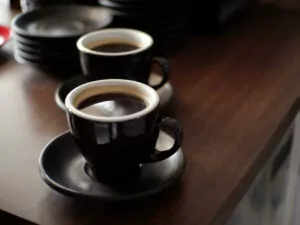
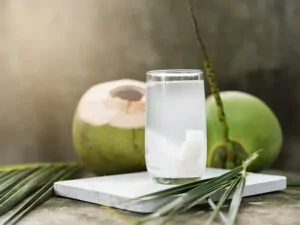
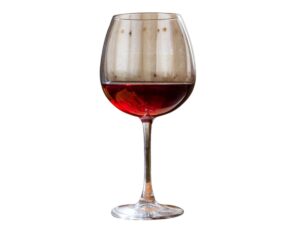

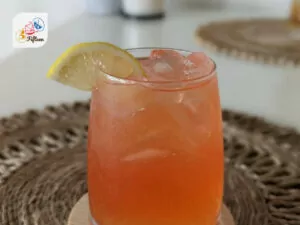
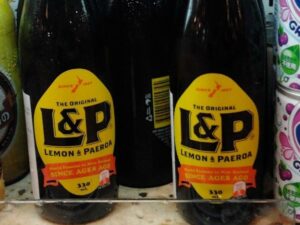
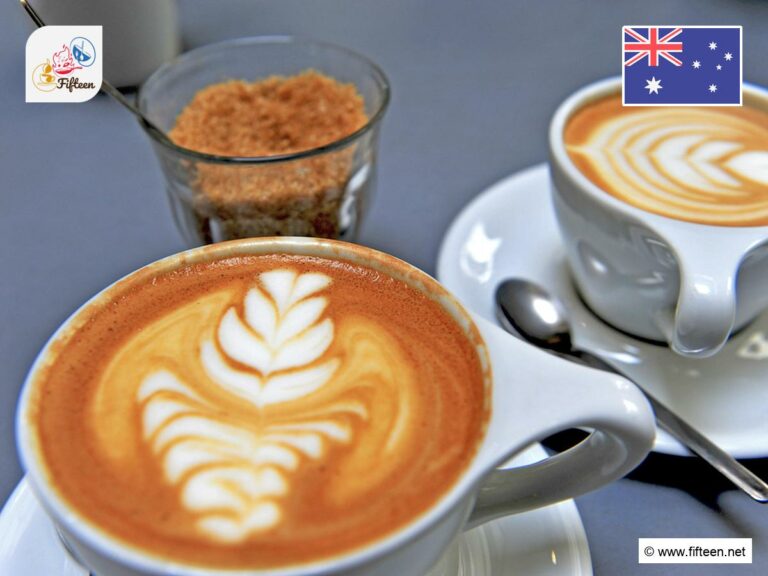
Jamie Scott
Editor in Chief, Senior Content Writer
Expertise
Home Cooking, Meal Planning, Recipe Development, Baking and Pastry, Food Editor, Cooking-video Maker, Western Food Evaluation Expert
Education
Le Cordon Bleu College of Culinary Arts
Local Community College, New York, NY
Jamie Scott is a skilled culinary expert and content creator specializing in Western cuisine. With over 15 years in the culinary field and formal training from Le Cordon Bleu, Paris, Jamie deeply understands how to blend nutrition with delicious flavors. His passion for cooking matches his commitment to making healthy eating accessible and enjoyable.
On Fifteen.net, Jamie brings a fresh perspective to classic dishes and beverages, offering readers insightful recipes, cooking tips, and a fresh view on meal planning that emphasizes taste, health, and simplicity.